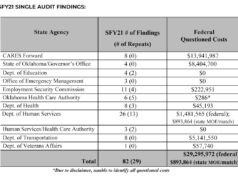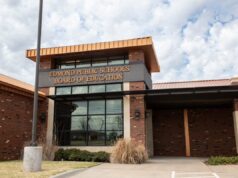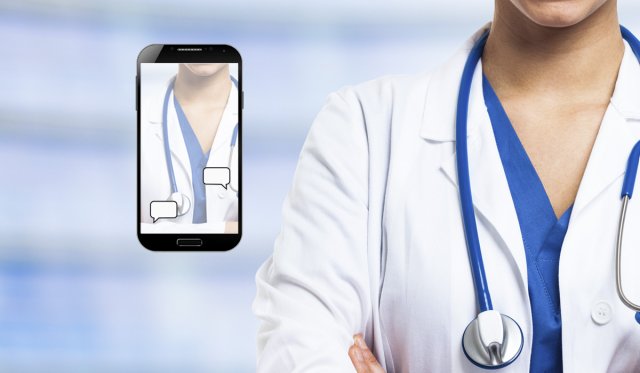

While the health care sector has been scrambling to address the novel coronavirus pandemic, it has also had to adapt and innovate in order to address the needs of non-COVID-19 patients. One result has been the increased use of telemedicine, which provides an alternative to in-person visits to doctors’ offices and hospitals.
The term “telemedicine” is used to describe a number of technologies, from something as simple as a phone consultation to sophisticated tools for remote testing and consultation.
Prior to the virus, telemedicine had already been gaining steam. According to a study by the American Hospital Association, 76 percent of American hospitals use some form of telemedicine. That’s up from 35 percent from 2010.
It has also been gaining use among specialists. An American Medical Association survey found 39 percent of radiologists and 24 percent of cardiologists use telemedicine in their practices.
Now, telemedicine has become a particularly useful tool in the midst of the COVID-19 pandemic.
“The fact that it allows you to maintain social distancing while also allowing for physicians to still see patients, without risking exposure to other patients and staff, has made it an indispensable tool for social distancing,” said Dr. Asher Bowen, a urologist at OU Medical Center.
It’s possible that the coronavirus pandemic might represent a turning point for telemedicine. As these technologies see more widespread use, they could become more integrated in our daily lives long after this crisis has abated.
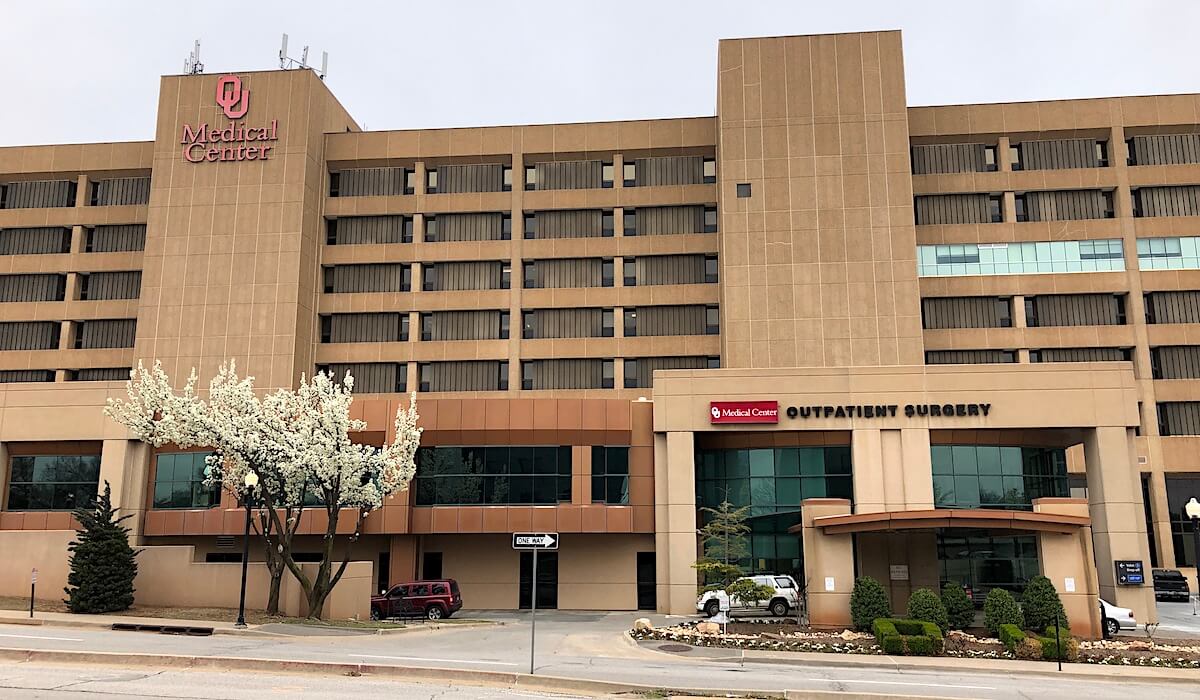
How telemedicine works
Today, telemedicine can mean many things. It can take the form of simple phone calls, or it can involve apps downloaded to smartphones.
“A couple of examples are a virtual visit that happens on a direct-to-consumer platform with a physician or nurse practitioner for a wellness visit or a minor urgent care kind of experience,” said Oklahoma State University Medical Center CEO and President Rhett Stover. “It’s as simple as having an app on your phone.”
The apps have flexibility and in most cases are HIPPA compliant.
“Patients can request an appointment online and be seen that way pretty quickly in many cases,” Stover said. “Doctors can order prescription medications or refer a patient for a face-to-face visit. It’s a way to get a consultation at a smaller price point as opposed to going to an ER which has increased financial exposure and, in the age of COVID-19, carries more risk for healthcare workers and other patients.”
In some cases, telemedicine is used to enhance the services medical centers can offer. For instance, there are special carts that have video conferencing capabilities and equipment to gather diagnostic information such as EKGs and blood pressure. These carts can be used to connect patients at rural hospitals with specialists in urban areas.
They can also be used outside of hospital settings, at county health departments, for example. The Oklahoma State Department of Health deployed more than 50 of these carts across the state during the pandemic to help those with non life-threatening medical conditions get care without coming into a doctor’s office.
“It’s a matter of simply wheeling them into a room,” Stover said. “There are a variety of configurations. You can input medical records directly into them and a care plan can be developed. They allow quality care to be provided locally in a very reliable manner that helps preserve the vitality of those services in rural areas and also helps the community build confidence in those services.”
Bowen said he regularly sees patients through telemedicine platforms in his practice.
“It might be a situation where you’re doing follow-ups with those patients by using telemedicine and then if you need them to come in, they can come in,” he said. “I like seeing my patients in person, we all want to shake hands and hug, but right now is not a great time for that. And even in those times, when you can save them $60 or $70 on the cost of a trip to my office from a rural area, I like to do that whenever possible.”
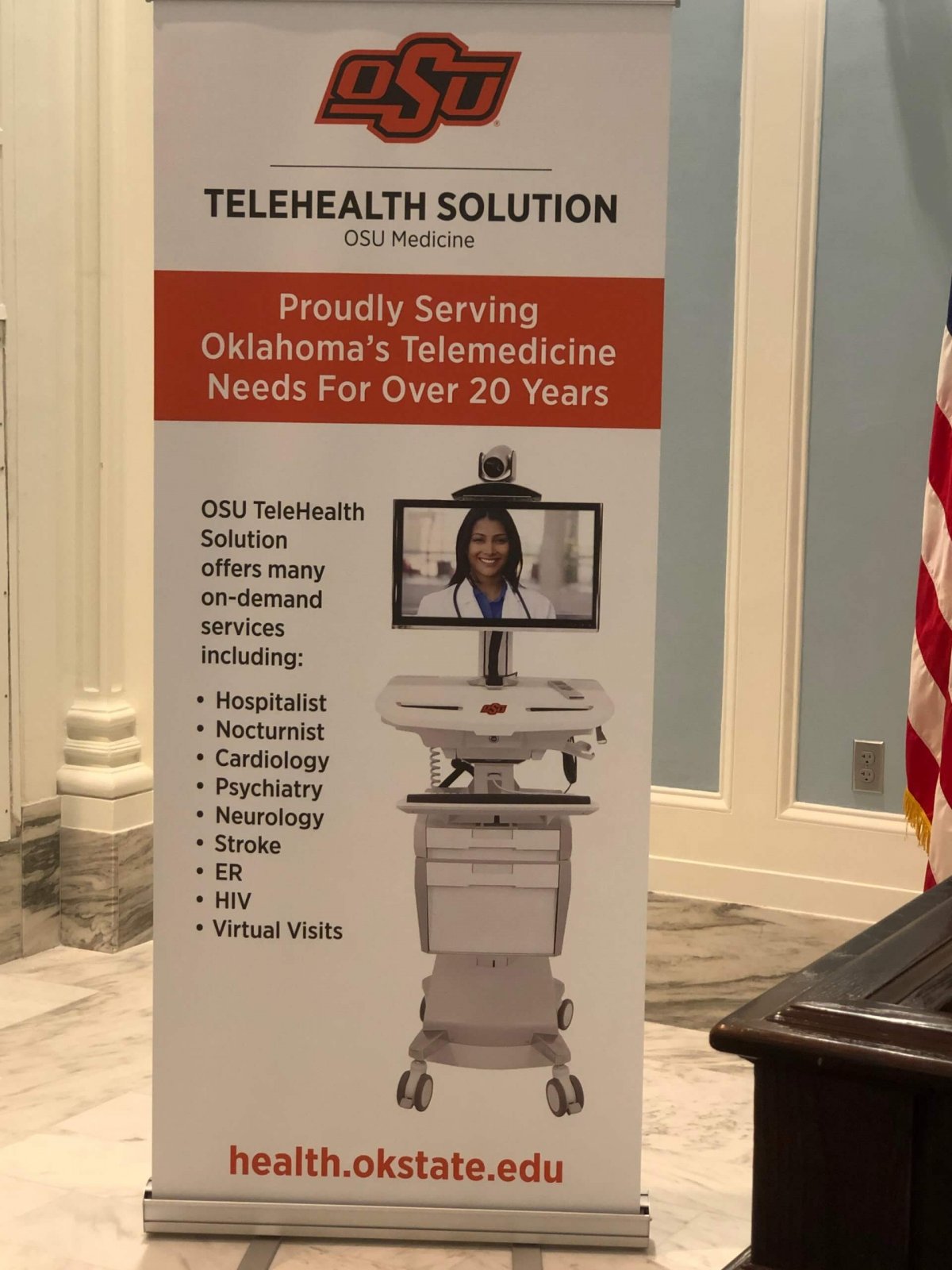
Rural impact
Telemedicine has sometimes helped to mitigate the effects of the slow erosion of America’s rural hospitals. Seven rural hospitals in Oklahoma have either stopped offering inpatient care or closed altogether since 2010, mirroring a nationwide trend. In 2019, there were 19 rural hospital closures in the U.S. — the most ever in a single year.
“I think when you step back and examine the way medicine has been organized over the last 20 years, we’ve seen the slow degradation of many areas of rural healthcare,” Stover said.
The days of having more than one doctor in a town are over.
“There was time when you’d have a few physicians that would take care of a town’s population,” Stover said. “They were the anchors of the community hospital. As funding and reimbursement have changed, a lot more specialists have been attracted to urban areas that have become more of a resource base and those local physicians and doctors have gone away.”
Candace Shaw, who used to be the director of OU’s telemedicine program, founded the Telehealth Alliance of Oklahoma in 2013. That nonprofit organization works to advocate for telemedicine education for healthcare providers, with the aim of improving health care in underserved areas of the state.
“If you look the overall picture of rural healthcare access in Oklahoma and other areas, it continues to be in decline when it comes to access to in-person visits and hospitals,” Shaw said. “Telemedicine has really filled in some of those gaps. Over the years, you see more and more physicians using it as an option and there has been increased acceptance of it from patients as well.”
Some obstacles remain
Despite wider acceptance among physicians and patients, there are some obstacles for telemedicine.
For one, some rural areas lack the broadband service necessary to use telemedicine platforms that require high data usage for things like video conferencing and diagnostic monitoring.
“Broadband internet access can be a challenge in some areas when we look at Oklahoma,” Shaw said. “There are a lot of areas of the state that have it, but there is room for improvement. And what is there as far as infrastructure is stressed.”
Private insurance providers have been another barrier.
Medicare recently expanded its criteria for reimbursement of telemedicine appointments. But in the past, some insurance providers have been slow to pay for telemedicine appointments with doctors. Most providers have opted to pay at the same rate during the novel coronavirus pandemic, but it’s unclear if that will continue in the long term.
“Traditionally, insurance providers haven’t covered it well,” Bowen said of telemedicine consultations. “That’s probably been the biggest barrier. But that has changed with the emergency waiver period where the insurance providers are paying for them just like a regular office visit. It’s really flipped the switch.”
Stover said Medicare’s growing acceptance of telemedicine practices and the use of them during the pandemic may prove to be a decisive moment for the future of these services.
“Commercial payers usually follow suit, Medicare is a guidepost in a lot of cases,” he said. “I think it has brought insurers into a lightning rod moment where any kind of indecision and contemplation about the viability of telemedicine has been set aside and that is something that may continue.”










